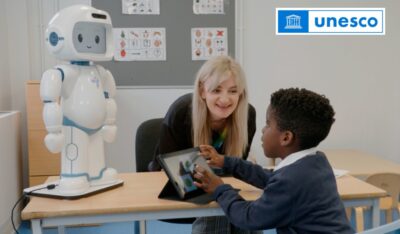
UNESCO Report Highlights School’s Successful Use of QTrobot for Inclusive Education
We are proud to announce that QTrobot by LuxAI has been featured in UNESCO’s latest report, “Innovative Technologies for Inclusive […]
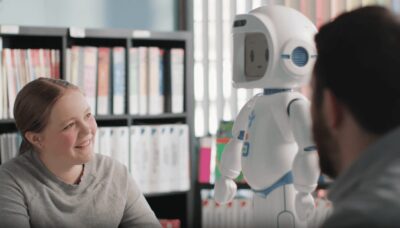
Robot mediated Instruction for enhancing Learning for Students with Learning Disabilities using QTrobot
Learning disabilities present a complex challenge in the educational sphere, affecting students’ abilities in language, reasoning, and mathematical skills. These […]
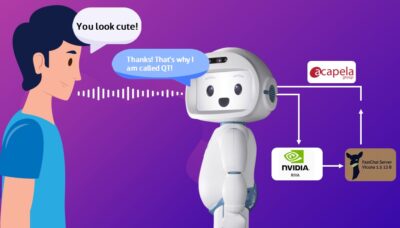
Deploy speech-based interaction applications with NVIDIA Riva and Vicuna-13b on QTrobot AI@Edge.
This blog post will guide you in developing a completely offline conversational social robot running Nvidia Riva speech recognition, and […]
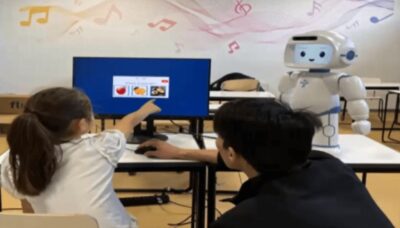
Enhancing Second Language Learning with QTrobot: A Comparative Study of Robot-Assisted Gamified Language Learning
Learning English as a second language has evolved through innovative methods, with robot-assisted teaching gaining traction as a promising approach. […]

A complete guide to build a Conversational Social Robot with QTrobot and ChatGPT
This blog post will guide you to build a Conversational Social Robot that uses speech, voice, facial expressions and gestures […]

Validating the clinical effectiveness of an at-home early intervention for autistic children delivered by the social robot QTrobot
LuxAI is excited to announce a new 1.8M EUR investment on validating the clinical effectiveness of QTrobot for at-home intervention […]
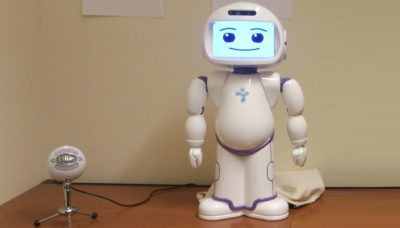
Can socially assistive robots elicit empathy? QTrobot use case & testimonial
Socially assistive robots are a type of robots that are built to help humans through social interaction. Being still a […]
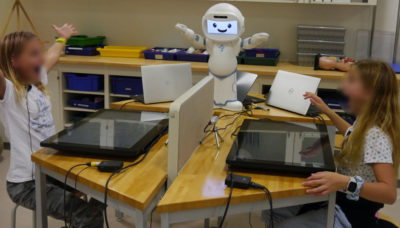
How can robots support education? QTrobot for research – EPFL use case
The purpose of all activities in education is to lead the child to better learning. How can we use robots […]